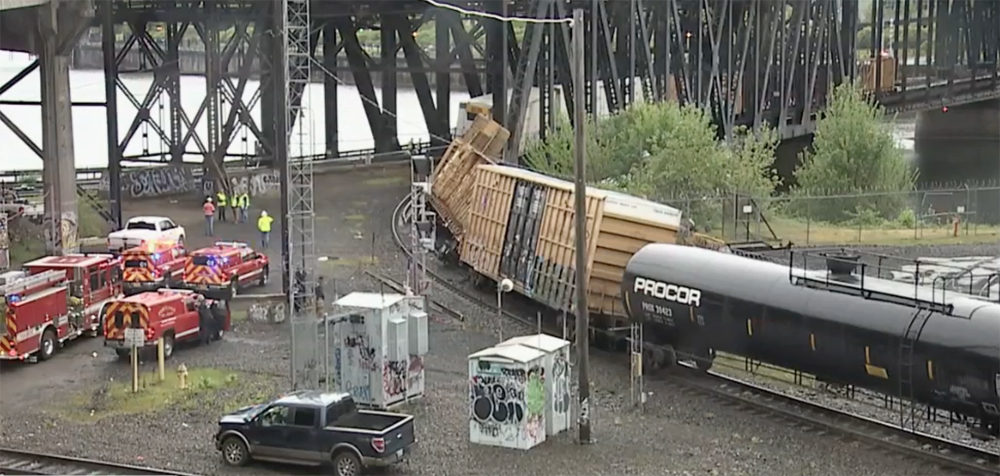DARIEN, Conn. — Genesee & Wyoming, North America’s largest shortline holding company, is being purchased for $8.4 billion.
The acquisition, for $112 per share by Brookfield Infrastructure, was announced shortly before 7 a.m. EDT today. The deal will result in G&W becoming a privately held company.
“We believe this transaction is an excellent outcome for all G&W stakeholders,” said Jack Hellmann, G&W Chairman and Chief Executive Officer, in a press release. “For our current stockholders, the sale price realizes significant value and represents a 39.5% premium to our March 8th share price. And for long-term investors who have owned our shares for the past two decades, the sale price represents a return of more than 5,400%.”
Genessee & Wyoming owns 120 shortline railroads, 114 in North America, with additional operations in Europe and Australia. Its North American railroads serve 41 states and four Canadian provinces and have over 13,000 track-miles
Brookfield Infrastructure, based in Toronto, owns utility, transportation, and energy assets including electric transmission and telecommunication lines, pipelines, ports, and toll roads. On its website, the company says it invests in “infrastructure assets that deliver essential goods and services” and that it currently manages over $65 billion in assets.
This is a breaking news story. Follow Trains News Wire for additional coverage.















Expect to see line sales in the not too distant future as the new management pares underperforming (by their new standard) railroads. G&W bought or kept some dogs in their portfolio just o show “growth”.
G&W couldn’t grow as it was running out of viable short lines to buy at a reasonable price.
So management did what most companies do when they can’t go further, they sell themselves, collect their bonuses and retire.
A page in railroad history turned with the Fuller family leaving the affairs of the G&W. Once railroads were a reflection of their builders and families – the Vanderbilts, Harrimans, Hills, and so on. I can’t help thinking that we lose something in the transaction – humanity, the human touch, or a soul.